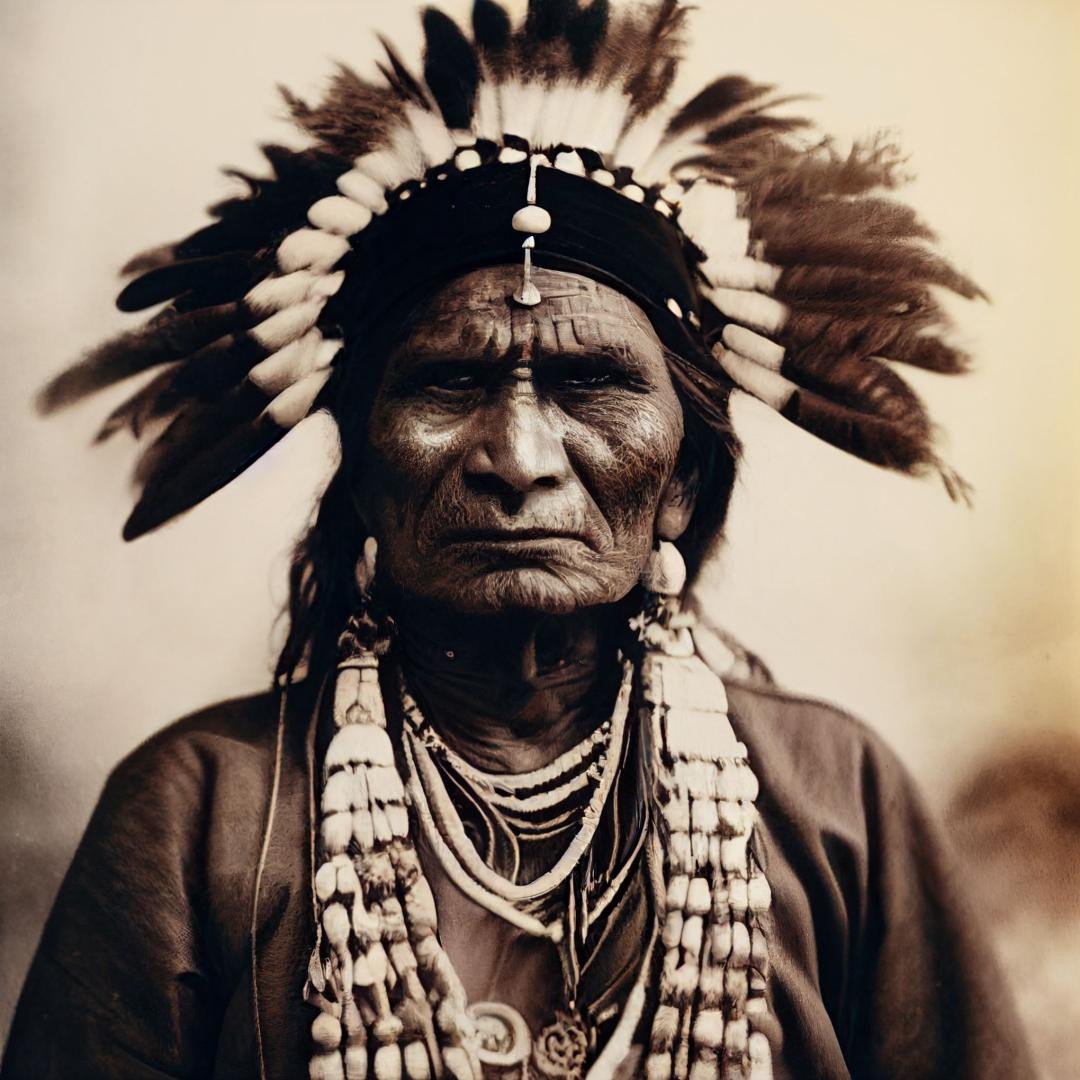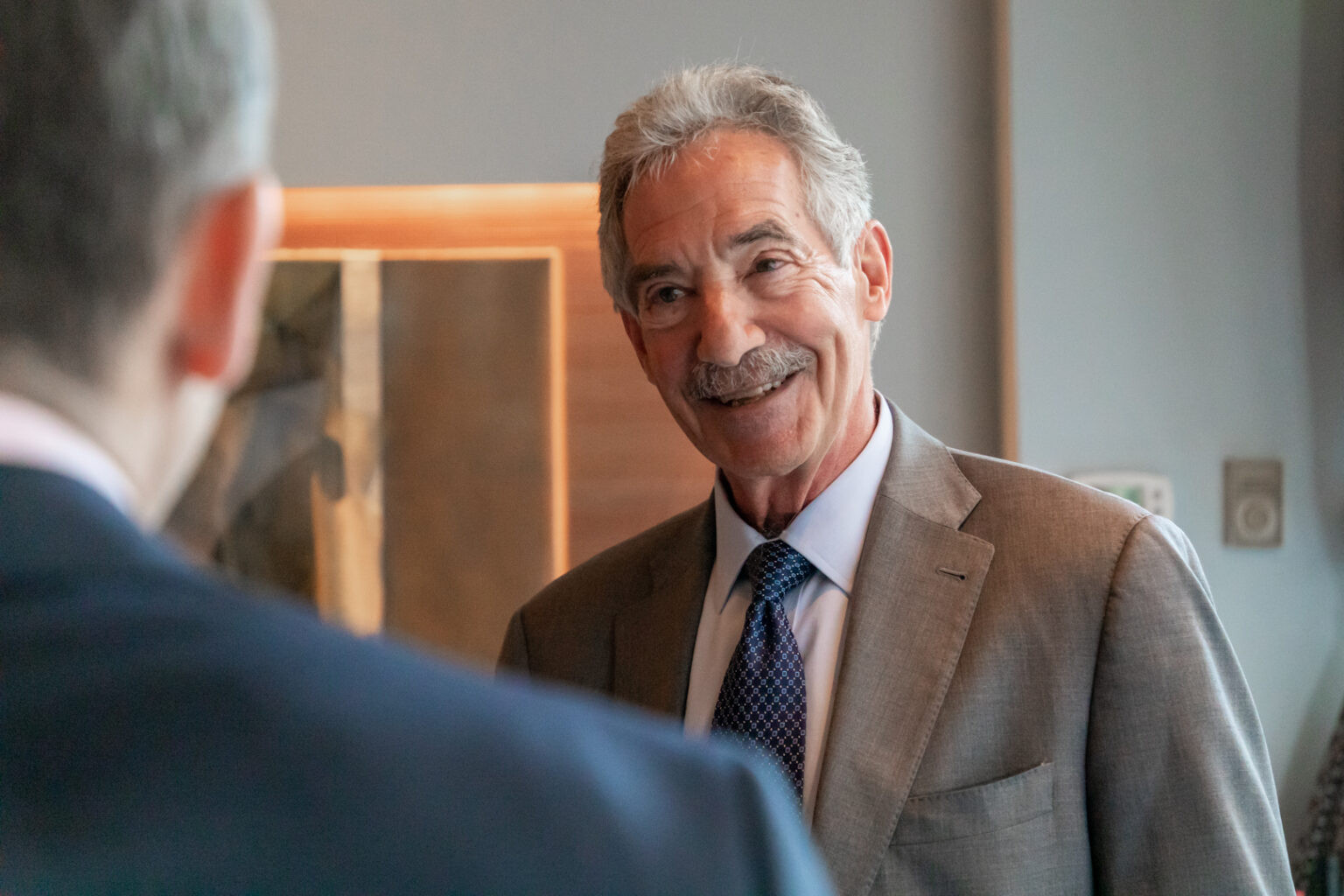On Nov. 12, middle school students flooded the entrance of their school. The first floor filled with laughter and scattered backpacks as students ran in and out of the main doors. Amid the energy, a colorful Native American Heritage Month banner hung visibly against a stone wall. Every building in the Detroit Lakes Public School District displays a banner recognizing November as National Native American Heritage Month, something the district has been celebrating for years.
“National Native American Heritage Month is recognizing (American Indian) contributions across the nation,” American Indian Education Program Coordinator Joe Carrier said. “We want to be known as modern Native Americans; we don’t want to be known as the early 1800s, late 1700s Native Americans before settlement.”
Detroit Lakes schools host events and activities throughout November for students to engage with American Indian culture, from making dreamcatchers and beaded bracelets to wearing moccasins to school, also known as Rock Your Mocs. The elementary, middle and high schools work with the White Earth Reservation, the White Earth Land Recovery Project and White Earth Tribal and Community College to bring in speakers and organize activities.
While November is nationally recognized as Native American Heritage Month, Carrier said the schools incorporate the culture into their everyday curriculum. Every month, they focus on one of the Seven Teachings of the Ojibwe: love, respect, courage, honesty, wisdom, humility and truth.
“The hope is teachers will tap into it, and at least sometime during the month they’ll do readings or videos… we’re (also) putting a little bit more Ojibwe language in there,” Carrier said.
The Seven Teachings: A Foundation for Cultural Learning
The Seven Teachings began in October and will continue through April. In May, classrooms will review everything they’ve learned. The American Indian Student Council (AISC) works to incorporate the culture in the classrooms and the community. In October, they visited elders at Oak Crossing to celebrate Indigenous Peoples’ Day and tied bracelets on the elders while discussing heritage.
“We also go to the elementaries and read to the little kids, and that’s really nice,” said Chloe Soland, a junior at Detroit Lakes High School and AISC member.
Representation and Inclusion: Fostering a Sense of Belonging
“If you're a kid that's in a classroom, and you're Native American, and you're reading a book that's authored by an American Indian, and the characters in the book are American Indian, those kids see themselves in there,” Carrier said. “They are more apt to stay engaged in class.”
Melanie Holmquist, American Indian college and career facilitator and Ojibwe culture teacher at Detroit Lakes High School, said the everyday efforts of programs like AISC to make the culture accessible to all students also fosters inclusivity.
“It has allowed our students and our staff to learn and ask questions and not fear the not understanding of our ceremonies and culture,” she said. “Instead, ask and learn about it. You’re living right here next to a reservation where a lot of us have lived and grown up.”
Student Leadership: Embracing Diversity and Inclusivity
Hailey Petersen, a senior at Detroit Lakes High School and AISC president, has been a part of the council since she was a freshman. She said that every student has the opportunity to be on the council and learn about the culture.
“A lot of people think that it’s very enclosed and that only certain people can join,” Petersen said. “It’s not like that at all, and we want to portray that anybody is welcome.”
On the second floor of the high school, down the hall and past the lockers, photos and biographies of famous American Indians hang proudly on the wall. What began as a handful of photos of American Indian mathematicians and scientists, started by math teacher Karen Trout, grew into a collage of various famous American Indians — some names suggested by students — ranging from Minnesota Lt. Gov. Peggy Flanagan to retired Detroit Lakes High School Ojibwe culture educator Mike Swan.
Celebrating Achievements: A Wall of Inspiration
Trout said the wall changes depending on who the month recognizes, from Women’s History Month in March to Black History Month in February. Providing representation is important to Trout.
“We need people of all diversities to see themselves in a positive way,” Trout said. “So for Indigenous Peoples Month, we just want to put up people who’ve done very well so everybody can see people who’ve done well that look like me.”
Trout said that if anyone has any Indigenous People that they want students to see, they can send her their name and photo.
A Celebration of Culture: Beyond the Banner
Carrier said events such as the Young Artists/Young Writers series, where all students in and out of the district can create and submit cultural art and written works, will open up this month. Other events include a quiz bowl, where students excersie their knowledge of Native culture in a friendly jeopardy-style competition. In the spring, there will be a powwow on March 13 at the high school for people to learn more about the culture.
“We’ve come a long way,” Holmquist said. “We get a lot of people that come in and ask questions and participate in or support what we’re doing. We’ve worked hard.”

















